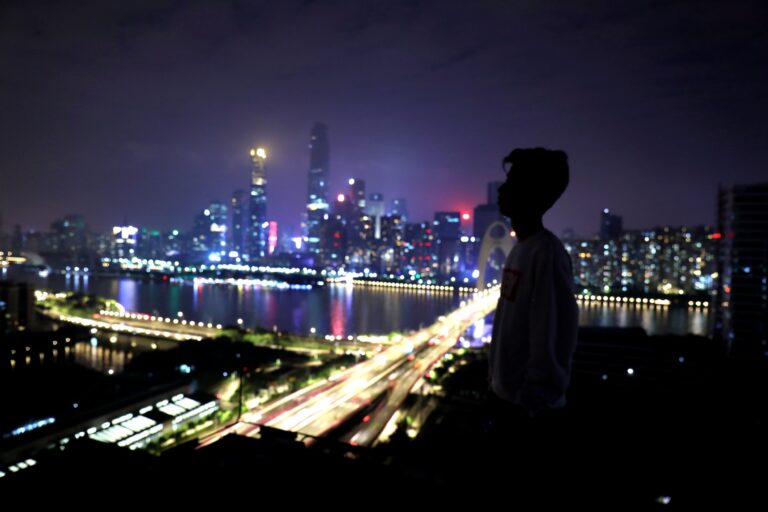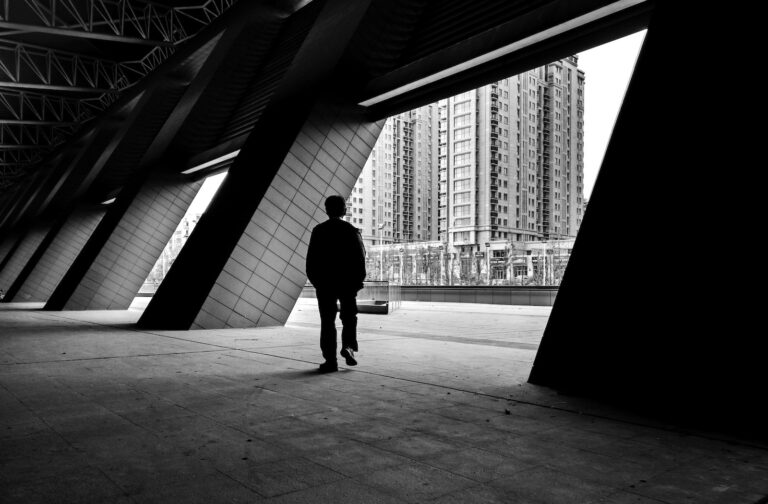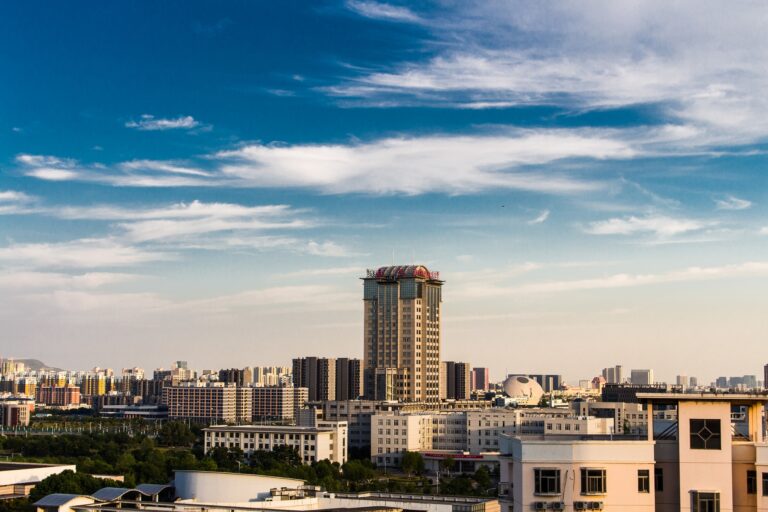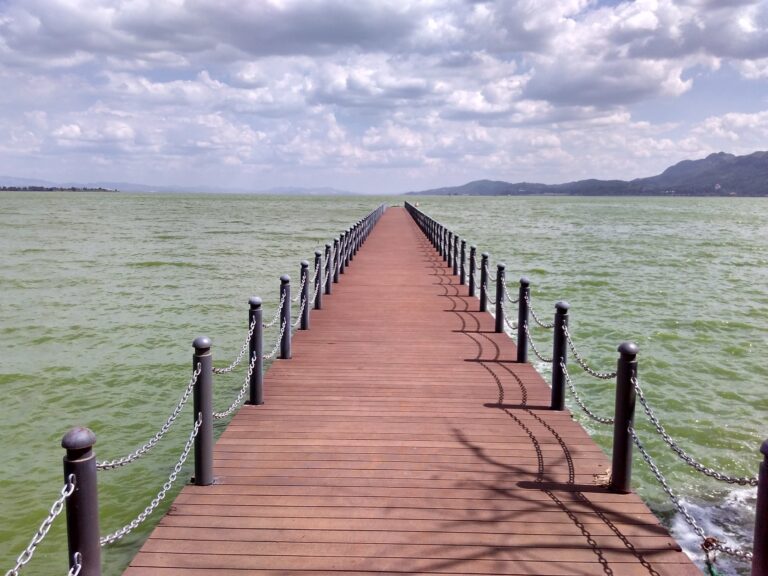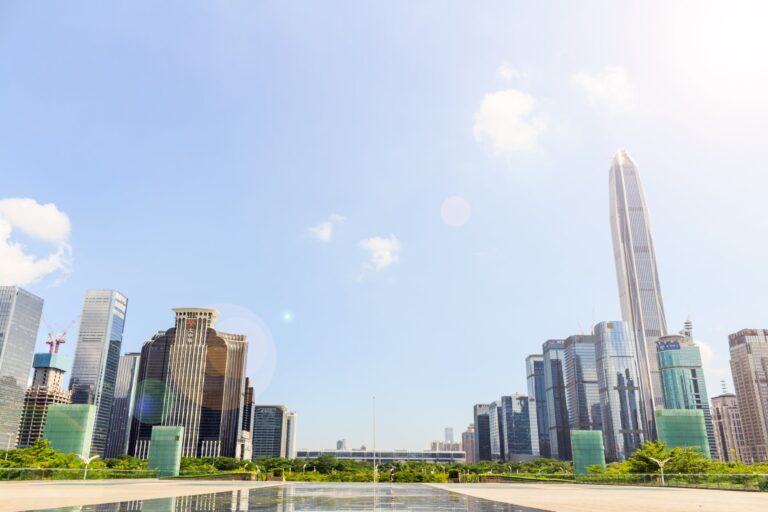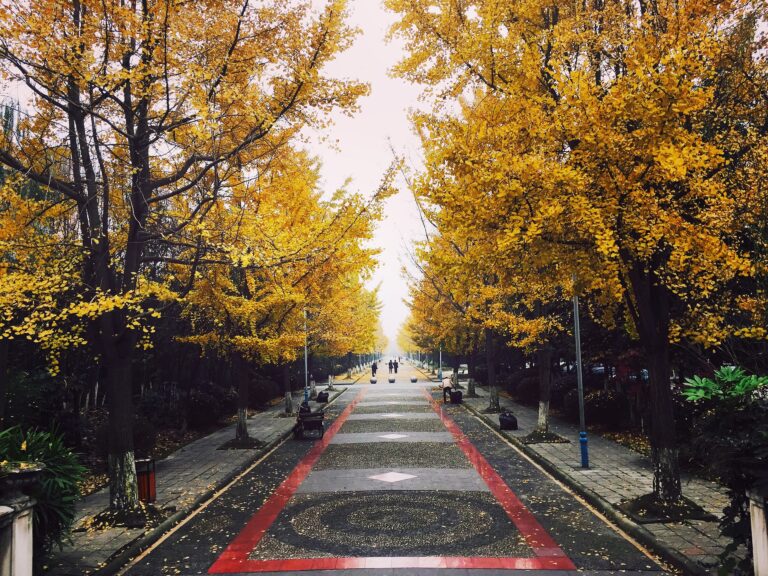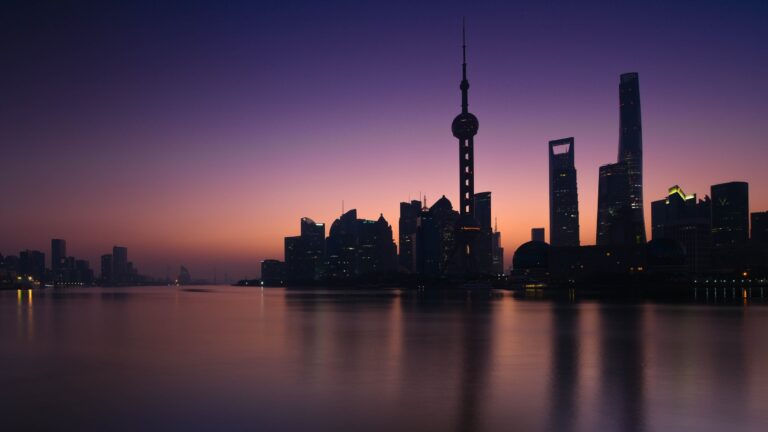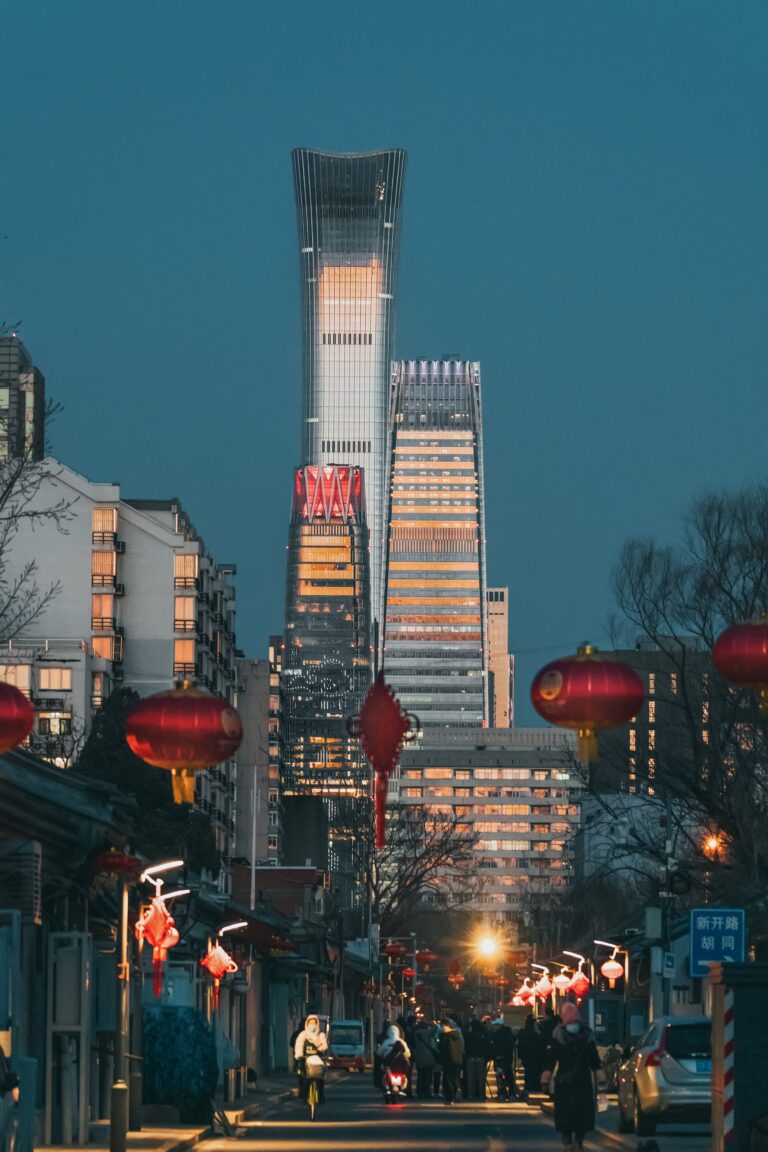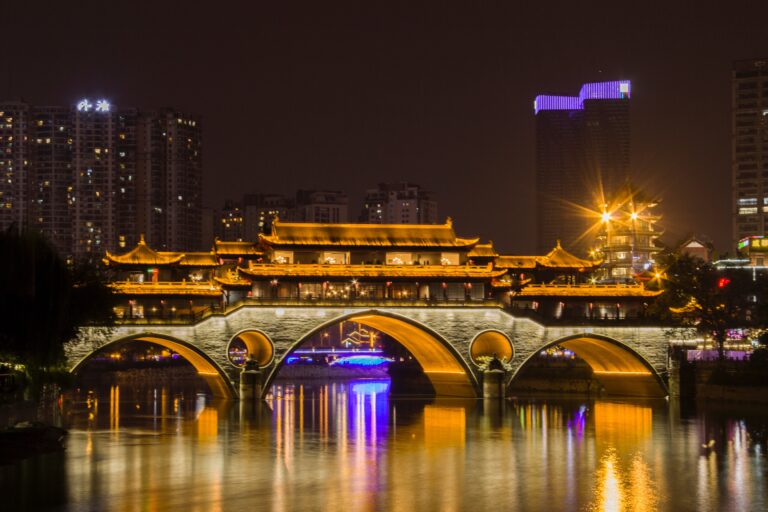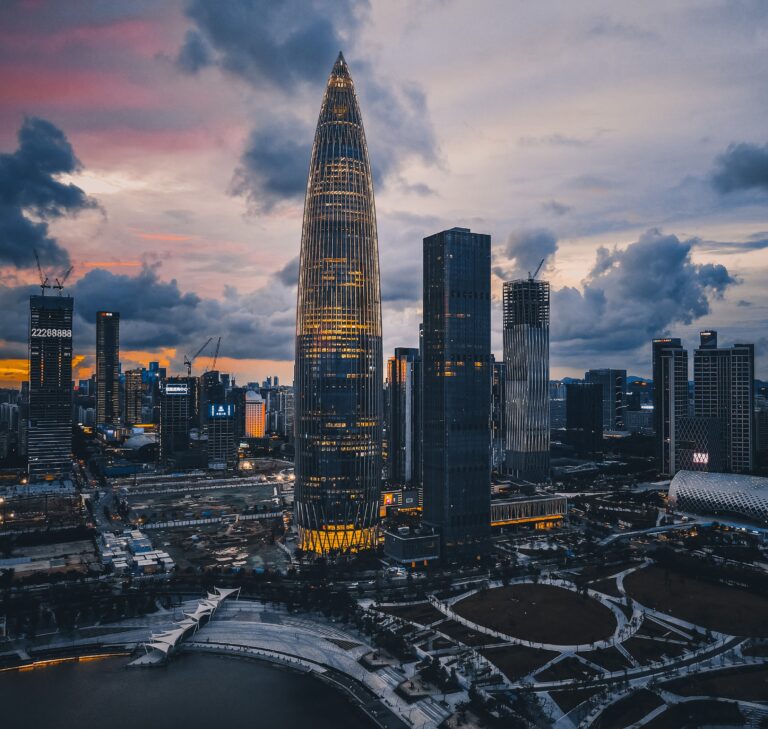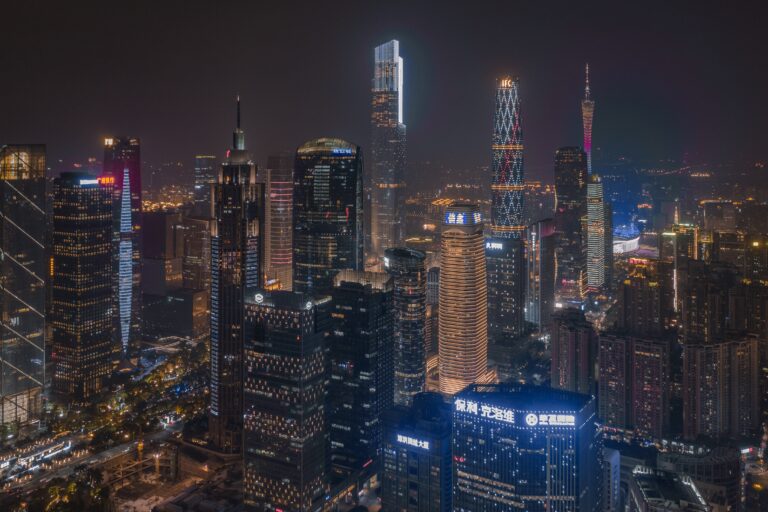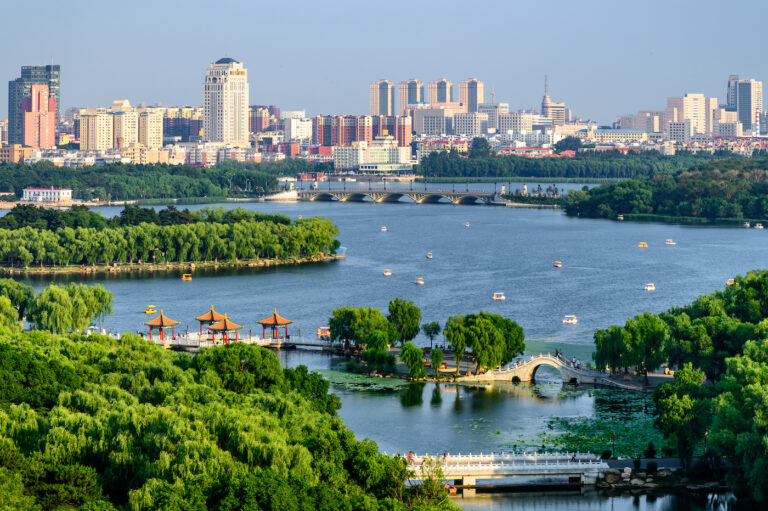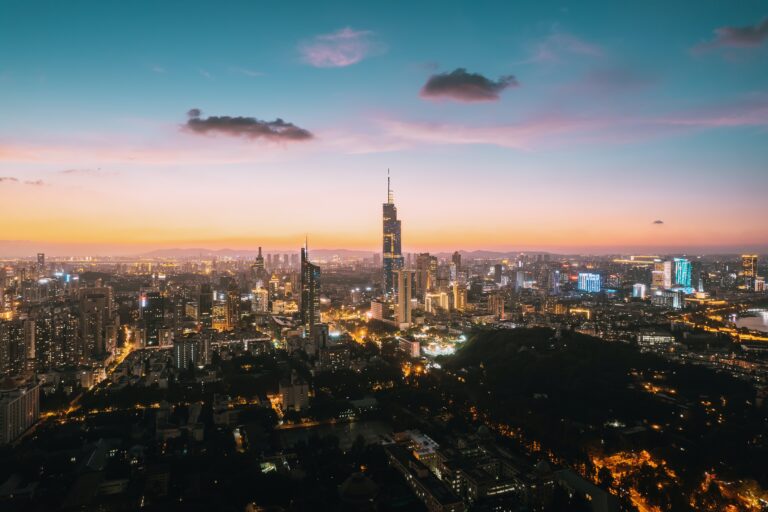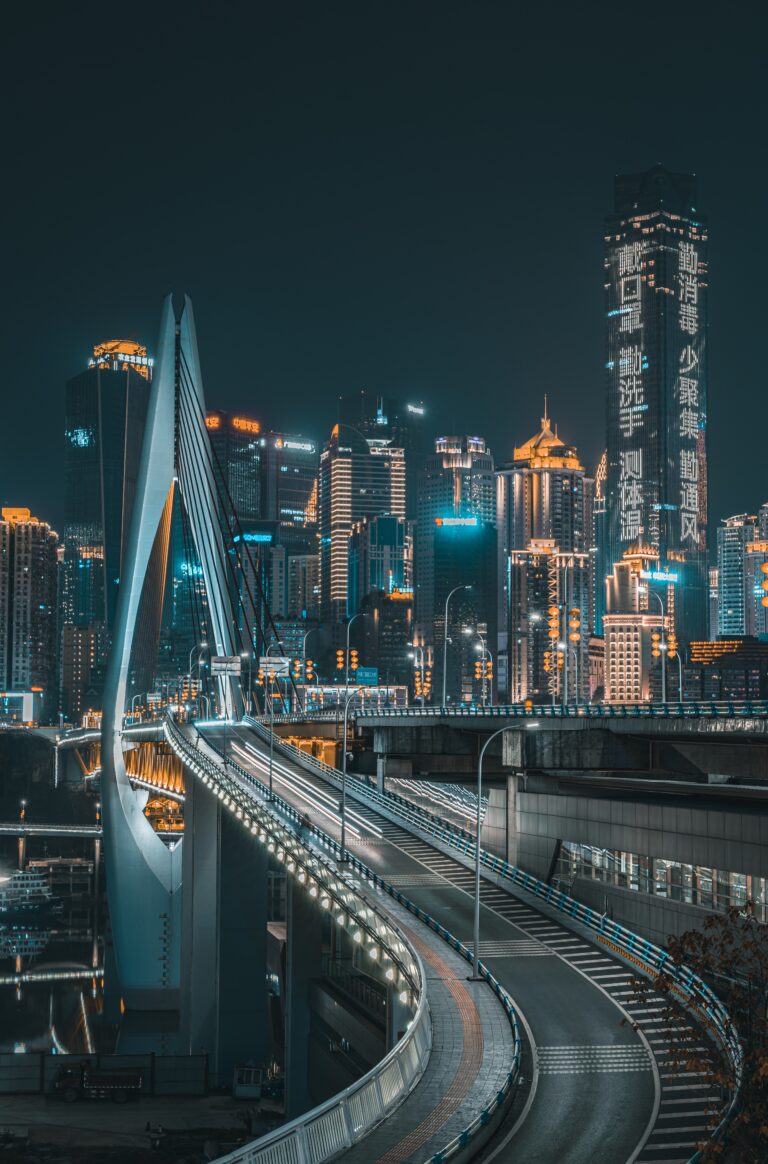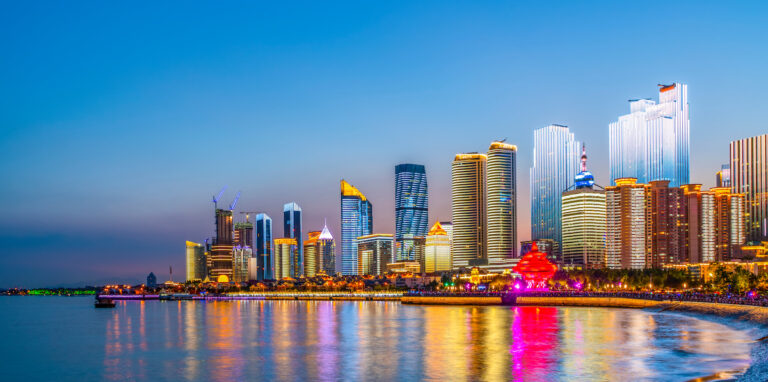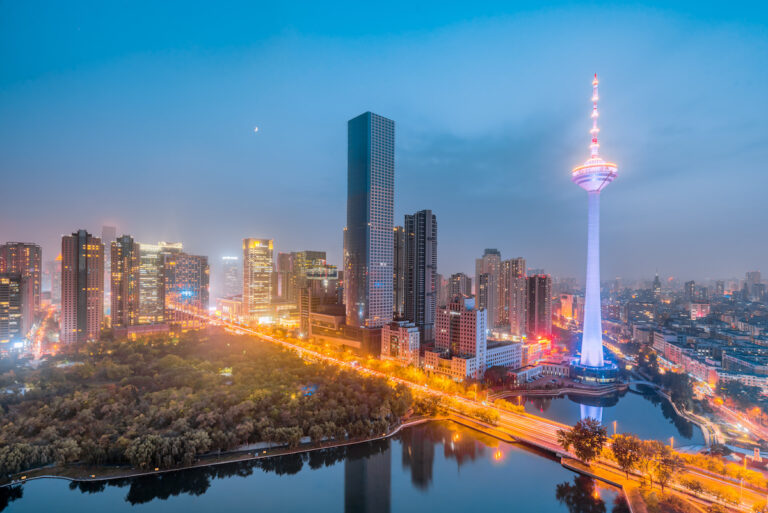2. Why is this happening in the province of Zhejiang? Is there any significance?
In a society that is rule-by-law (or rather, rule-of/by-man), this series of events happening in Zhejiang has a huge subjective aspect both individually and politically. But no matter the reasons, even for a rule-of-man society, when comparing the government’s past laissez-faire to the current recklessness, and when we see the randomness and inconsistency (even disruption) of its own policies, these are all very shocking. There are many rumors and guesses on the streets, but the real motivations for this series of events are unknowable. But, from the perspective of how modern China is seeking to transition itself, the real reason and motivation may very likely be chance, and it may even be unimportant. What is really unique is that this series of events has brought out some special characteristics of the government vs. citizen’s standoff. From the perspective of history, there are two sets of reasons or factors that have made the ground fertile in a manner different from the past, and these are worthy of in-depth analysis.
First, the region of Zhejiang, especially the city of Wenzhou, was once a place where Christianity was growing the fastest, and was the most liberal place where a Christian’s faith could be externally and culturally expressed. Many Three-Self and House churches could have their own church buildings, and put crosses on top of them; therefore, there are plenty of crosses for them to demolish. If this event had happened in Beijing, another one of the cities where Christianity has been growing the fastest in the last twenty years, I’m afraid the incident would have been long over by now, because in Beijing there are only a few Three-Self churches, and most House churches not only do not own any crosses for them to demolish, but they don’t even have their own church property.
The fact that there are many crosses for the government to tear down was a result of considerable freedom once enjoyed in terms of external and cultural expressions of faith, and a result of the government’s long-time laissez-faire policies. This rendered the churches free to prosper, forming a deep and firm social foundation, and hence creating the hope that the government and its people can have mutual interactions in this way. Although in the past year or so, the forced demolitions have shaken the foundation for such hope of interaction between the government and its citizens, from the long-term perspective, the nature of uncertainty and lack of continuity inherent in a rule-of-man society will inevitably result in changes in policies due to the changes in leadership. Therefore, what the church has accumulated as its foundation for the last twenty to thirty years will not be shaken by one administration’s demolitions.
Second, over the last twenty to thirty years of China’s open and reformed economy, Wenzhou, Zhejiang, is the region that has benefitted the most from the vibrant growth of small and medium businesses. From the anti-demolition messages we see on the internet, we can tell that because of the encouragement of their economic freedom and private property, the people in this region have a comparatively higher awareness of autonomy and individual rights. In the conflicts between the government and its citizens, the illegal and tyrannical actions of the government are a strong contrast to the people’s expression of rationality and political hopes, underscoring the distance between both sides’ expectations of models of political administration.
It is obvious that the citizens are already equipped with some basic, modern political understanding and presuppositions about the boundaries between public power and the personal sphere, and have these as proper reasons for them to defend their personal rights. As these events continue to ferment and escalate, in reality it has further fueled and deepened this understanding amongst the people. The resulting effects may be totally against what the government has hoped to achieve, because once popularized and deepened, this type of consciousness of personal rights will be much harder to take out of the shared lives of the people, and the effects of this consequence will be long-term. Even if the government has won short-term success, in reality, what it has done is actually cause citizens and society to be more educated.



